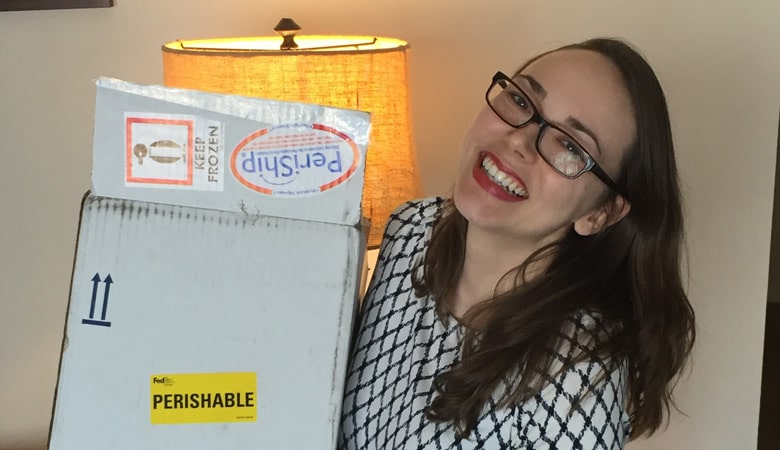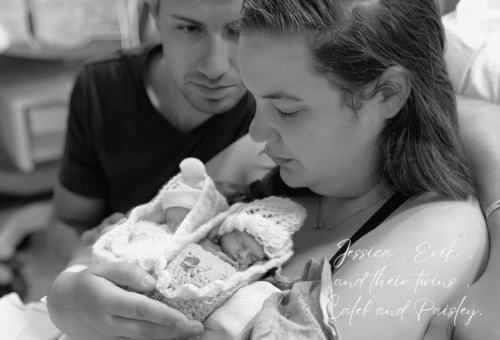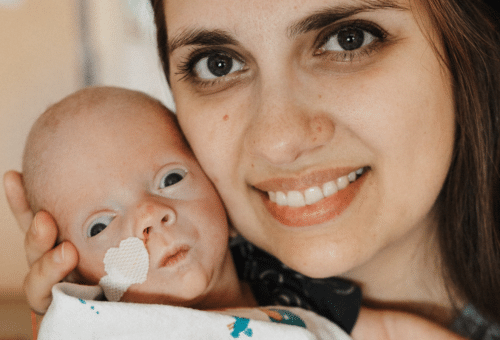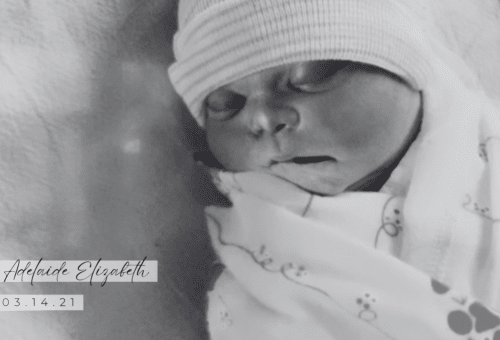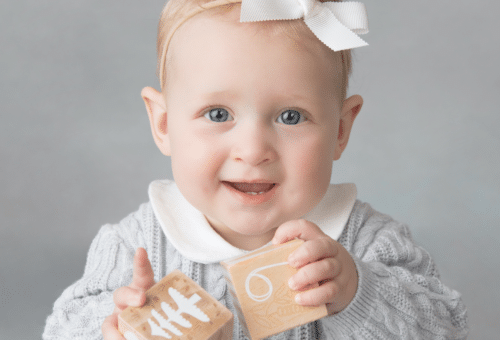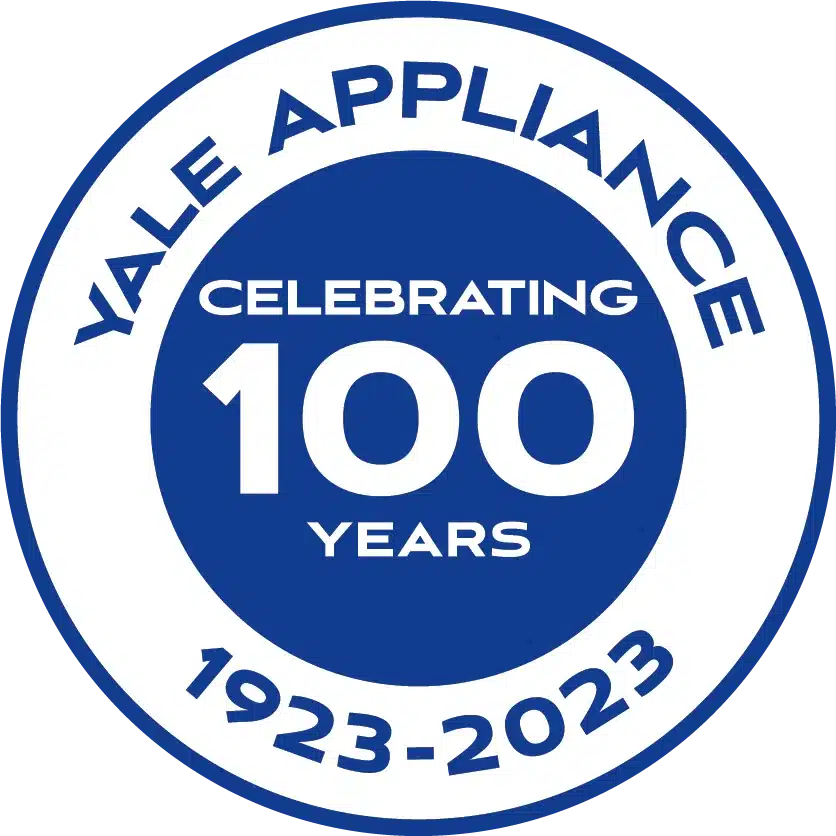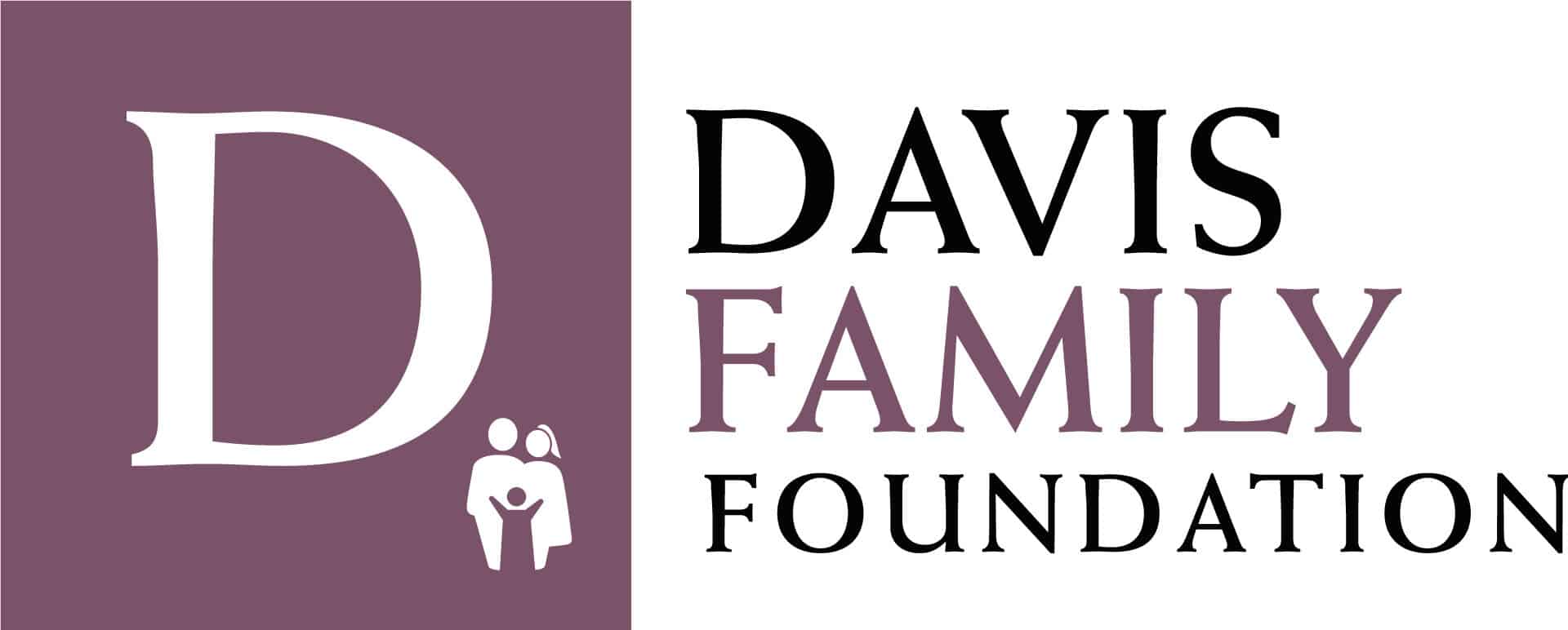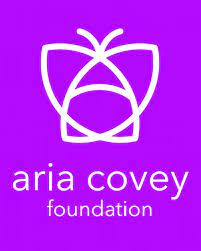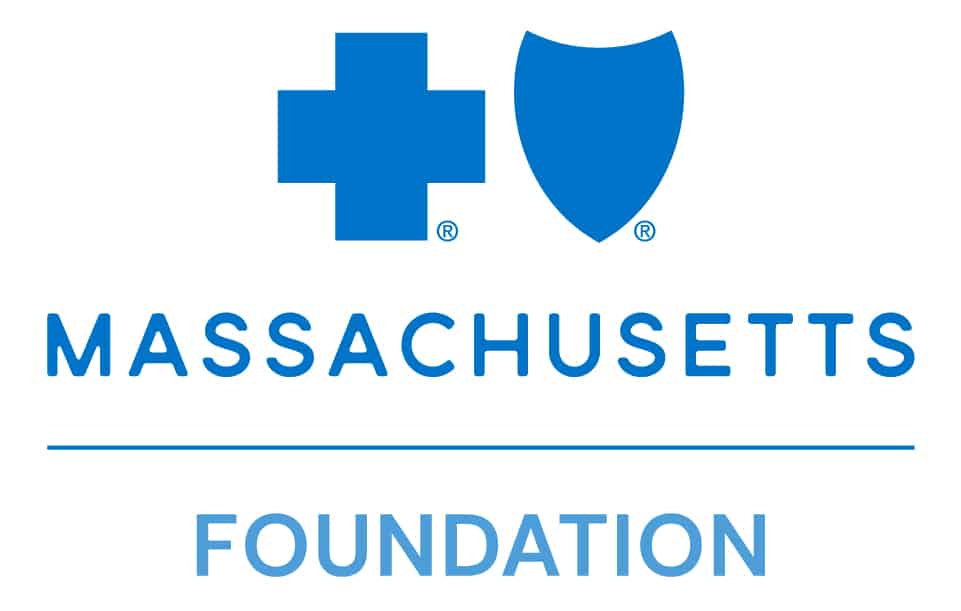By Virgie Townsend.
Originally published in The Washington Post.
Several weeks ago, I weighed 107 ounces of frozen breast milk, packed up the little bags in a FedEx box, and hurried out the door to catch an evening Express shipment. I set the box down in the passenger seat and hoped my cargo wouldn’t melt before its destination. It took me about two weeks to collect the milk, and soon it would be on its way to a human milk bank in Massachusetts. After the milk bank processed it, my milk would go on to neonatal intensive care units throughout the Northeast to feed premature infants.
I’m a human milk donor — an experience that has been both deeply rewarding and somewhat bizarre. As a child, my mom used to recite the adage “to whom much is given, much is required.” She probably meant something like I should play the piano in church. Instead, I mail packets of bodily fluids to strangers in New England.
Soon after I delivered my firstborn, it became clear I produce more milk than my baby could eat. I was in the hospital when I felt an electrical prickling spread over my chest and build into a stabbing pressure. My milk had barged in, causing severe engorgement.
My nurse wheeled in a yellow hospital pump and showed me how to assemble the siphoning tubes, breast shields and bottles. Before she left to continue her rounds, she promised to check in on me again. When she returned an hour later, I had filled almost six bottles — more than 15 ounces, half of the average peak amount of 30 ounces per day.
I felt like a Holstein that had just won the blue ribbon at the county fair. Before I pumped, I had worried that my body, which had struggled with infertility, would struggle to nourish my baby, too. Newly confident in my ability to breast-feed, I stuffed the gold ampoules in my purse and went home to feed the cutest newborn I’d ever set eyes on.
But my oversupply of milk was a mixed blessing for my baby. On one hand, her pediatrician raved about her growth curve. By 4 months old, she was double the size I was at her age. Her doctor recommended that I pump down the milk to the right amount before feeding her.
Soon, bags of breast milk took over our refrigerator. My husband once walked in on me taking an inventory of my frozen stock, saw the plastic packets of milk scattered across the counter, and said with a start, “I feel like I’m in a drug den.”
My baby didn’t get around to eating most of what I pumped. I threw some milk away just to free up space in our freezer, but it seemed like a waste. That’s when I began thinking about milk donation.
At first, I considered finding someone in my area who needed milk for their baby and casually sharing it with them. But the more I thought about it, the more I wondered about safety issues and accidentally making a baby ill. Last year, the American Academy of Pediatrics issued a policy statement against informal milk sharing because of the risk of bacterial and viral contamination. A 2013 study found that 74 percent of breast milk bought on the Internet had high levels of bacterial growth, particularly strep and staph.
I began to look into human milk banks. There are currently 18 human milk banks in the United States and Canada that are affiliated with the Human Milk Banking Association of North America, which sets guidelines for ensuring donor breast milk safety. Milk banks pasteurize donor milk to kill bacteria, combine it with other donors’ milk to make sure the milk components are well balanced, and test the milk for contamination. They then provide the milk to premature babies and other infants whose parents may not be able to breast-feed.
In 2016, 9.6 percent of U.S. infants were born prematurely, which can cause a host of health issues, including necrotizing enterocolitis (NEC), a serious disease in which babies’ intestines are damaged or die, causing waste to leak into their bloodstream. In 2013, preterm-birth complications were responsible for a third of U.S. infant deaths, according to the Centers for Disease Control.
As I prepared to donate, I researched how donor milk impacts premature babies’ health compared to their own mother’s milk. I assumed that breast milk was breast milk and the health benefits would be similar. Instead, I found that although donor milk is still good for babies, it’s probably not as powerful, perhaps because a mother’s milk composition rapidly changes to meet her baby’s needs.
A 2016 Pediatrics study reported that hospitals that began offering donor milk to premature babies saw a 2.6 percent drop in rates of NEC. Additionally, the rate of mothers breast-feeding their own babies at the time of discharge rose by 10 percent. But a few months later, a JAMA Pediatrics article reported that there were no significant differences between rates of sepsis and NEC in preemies who received donor milk and those who had formula.
Overall, the World Health Organization says preemies should drink their own mother’s milk when possible, but recommends donor milk as the best backup.
Even though the research was sometimes conflicting or inconclusive, donating my excess milk made sense to me from a practical perspective. My baby couldn’t possibly drink everything I produced, so my choices were to throw it away or let it feed a vulnerable baby. Based on the research, donating breast milk may benefit premature babies a little, and a little advantage can mean everything to parents who are worried about their child.
To become a donor, I had to pass a month-long screening process, which included a phone interview, blood test for infectious disease, and releasing my baby’s and my medical records so the milk bank staff could ensure donating wouldn’t be detrimental to either of us. I try to keep my milk medication-free to ensure that it’s safe for my baby and preemies’ fragile systems.
Eight days after I sent my first shipment to the human milk bank, a family member’s son was born 10 weeks prematurely, weighing less than three pounds. His parents and NICU gave him donor milk.
By now, my first shipment has probably been processed, distributed and fed to babies I will never meet. Maybe that milk will help prevent infections and encourage their parents’ own breast-feeding efforts. Maybe it won’t. But they’ll have full bellies, and that’s a start.
Virgie Townsend is a health writer and editor from Syracuse, NY.
Screening to become a breast milk donor is done through an easy four-step process. Once accepted for donation, milk can be shipped door-to-door or through one of our donor milk depots throughout the Northeast.
